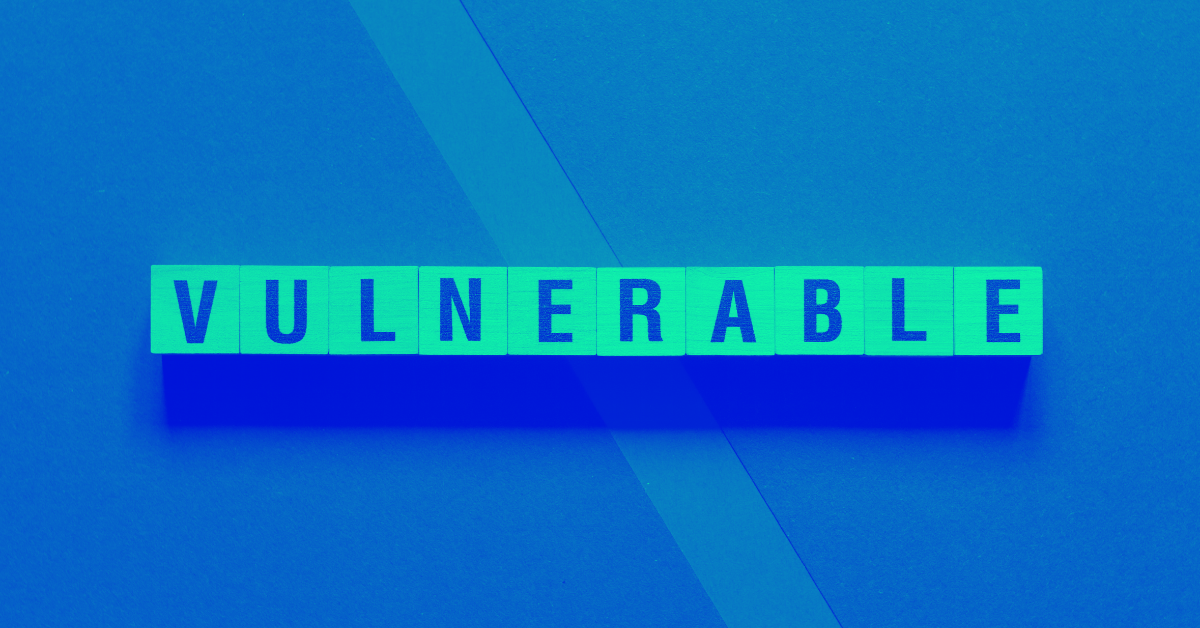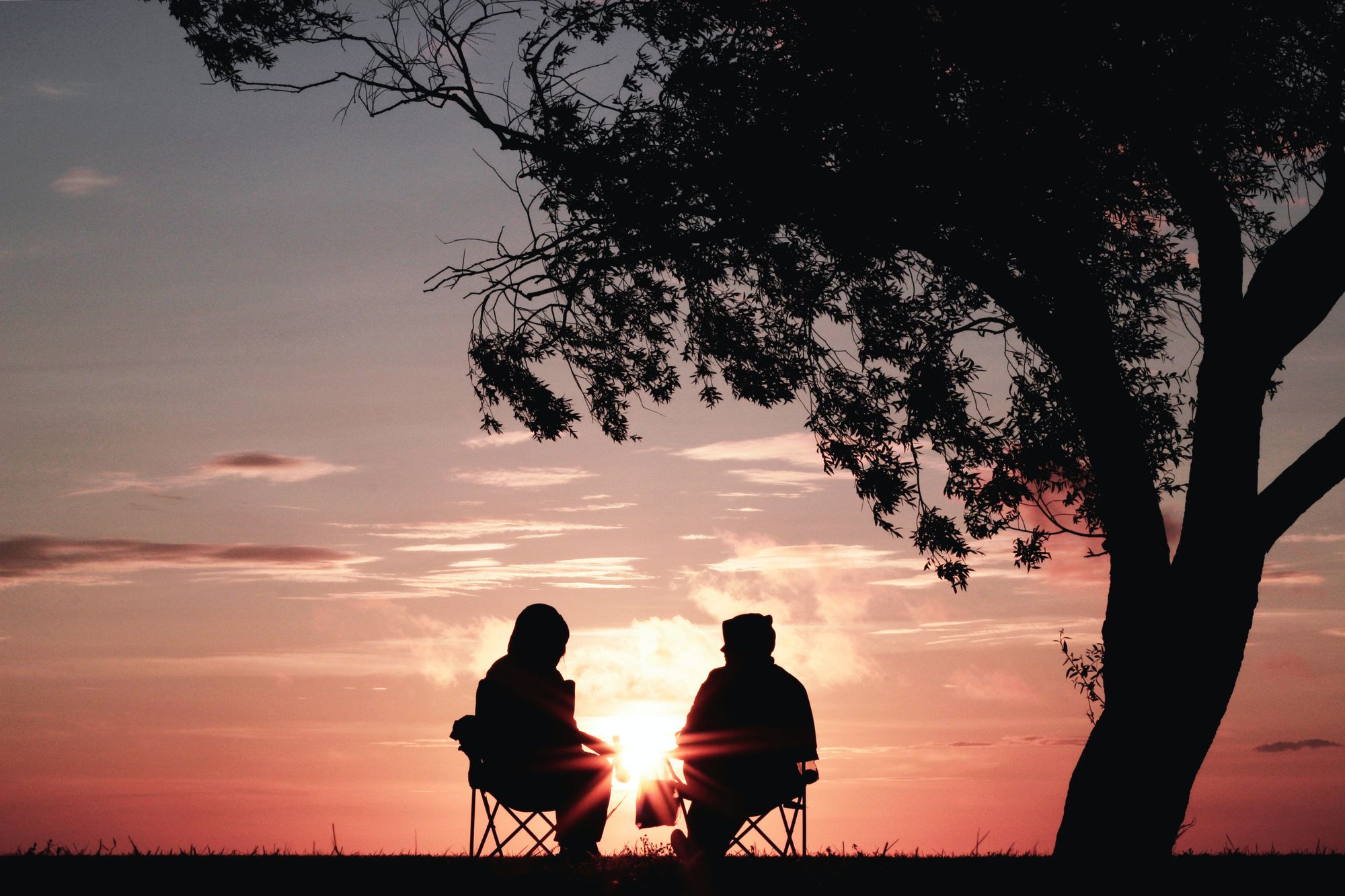Learning to be vulnerable

In this guest blog friend of Phase, Rebekah Bacon, talks to us about vulnerability - what it is, when we notice it and how we can benefit from being more vulnerable with people.
A little while ago, I sat down with Kieran (the director of Phase) to talk about vulnerability. When working with young people to build resilience and promote wellbeing, it’s a topic that comes up fairly often. However, we all have to face the challenges it poses at some point in our lives, whether in coming to terms with our own difficult circumstances, reaching out for help, or supporting one another. I think it’s such an important part of our lives and building connections that often we avoid because it feels uncomfortable. Yet, when we push through the discomfort, vulnerability can be so freeing for everyone involved. In the words of Brene Brown “Vulnerability is not about winning and it’s not about losing. It’s about having the courage to show up and be seen.”
One of the themes I felt that came about in our conversation was that vulnerability isn’t a one-stop-shop, where you make the life-changing decision to be vulnerable and from there on out it’s easy. It takes time, practice, and relationships to build a space where vulnerability is welcome and even then it can still be really difficult to do. Even if you manage to be vulnerable with a friend once does not guarantee that the next time will be easy. Kieran mentioned that vulnerability is like a muscle - you have to keep exercising it to get stronger and more confident in it. I would add that even if you’ve been training that vulnerability for years, if you’re looking to do a marathon vulnerability moment it’s still going to be challenging.

However, consistently creating spaces for vulnerability, showing yourself and others kindness and compassion in those moments whether or not you manage to be vulnerable, do help to make yourself and others feel more comfortable with the concept and more open to sharing. By constantly providing the opportunity, vulnerability seems like a less scary route to take and shows that the option is always open. If you don’t manage to be vulnerable in one moment, it is totally okay and you are definitely allowed to try again tomorrow. In my own experience, I don’t always succeed at being vulnerable. But I know that the door is never closed and I never have to manage everything on my own because I missed the chance one time.
Kieran also spoke about vulnerability having layers or different levels. These often go hand in hand with the level of trust or friendship you have with another person. For example, in a level 10 friendship, where you already know each other deeply, it’s a lot easier to open up and be vulnerable in a bigger way. However, with new friends or even strangers on the street, that level of trust isn’t there and being vulnerable with them can be more like oversharing. Deepening friendships is often done by taking that vulnerability a bit further, but not jumping to extremes. A level 3 friendship can probably cope with level 4 vulnerability, but taking it beyond that may still be quite overwhelming. Obviously, these levels aren’t clearly defined and somewhat depend on you and what you deem to be worthy of different levels.
This really resonated with my own experience, being in situations where I was unaware of how vulnerable I should be and massively getting it wrong. I’ve spoken to people I’ve just met about things that were still very raw for me and I don’t think it helped at all. Unsurprisingly, they didn’t know how to react and I felt like I had heaped more pain on top of what I was already experiencing. However, with time and practice, I think I’ve improved at reading the situation, recognising who I can go with my level 10 vulnerability and when to try to keep it a bit lower.
Throughout the conversation, we constantly returned to how much we need vulnerability in our lives. Yes, it’s hard and we get it wrong constantly. It often feels painful in the moment and in the fallout from those conversations. It’s something, particularly as British people, that doesn’t seem to align with our ideas of keeping the ‘stiff upper lip’. However, vulnerability opens up relationships and allows for conversation and support of one another to happen. Kieran mentioned some examples in films, where often characters spend so long holding it all in and ignoring their feelings, until some critical point where that’s no longer possible. In being vulnerable there is a weight lifted - perhaps the weight of going through tough stuff alone or trying to suppress feelings. By practising it regularly, we stop things from building up and create support systems for ourselves and others.
My final question of the interview was “are there any good examples of vulnerability that you look to or would recommend - like a person, a character or a film?” After we finished the interview we talked about how many examples of vulnerability you see in the Bible - Jesus is a more obvious example of crying out to God in the garden of Gethsemane before he was arrested and killed (Luke 22:42-44). Also, David, who appealed to God with every and any emotion he felt in song (most of Psalms), as well as fully embracing his joy when the ark of the covenant - God’s holy chest containing religious relics - arrived in his city (2 Samuel 6:12-22). We see people like Hannah pouring out their grief and despair before God (1 Samuel 1:10-16), Jeremiah - probably - writing a whole book lamenting the fate of his people (Lamentations). God invites us to be vulnerable with him - not necessarily because he’s going to turn things around instantly toward what we want to happen, but because that vulnerability deepens our relationship and reminds us that we’re not going through it alone.
Never miss a Phase blog post - subscribe here
